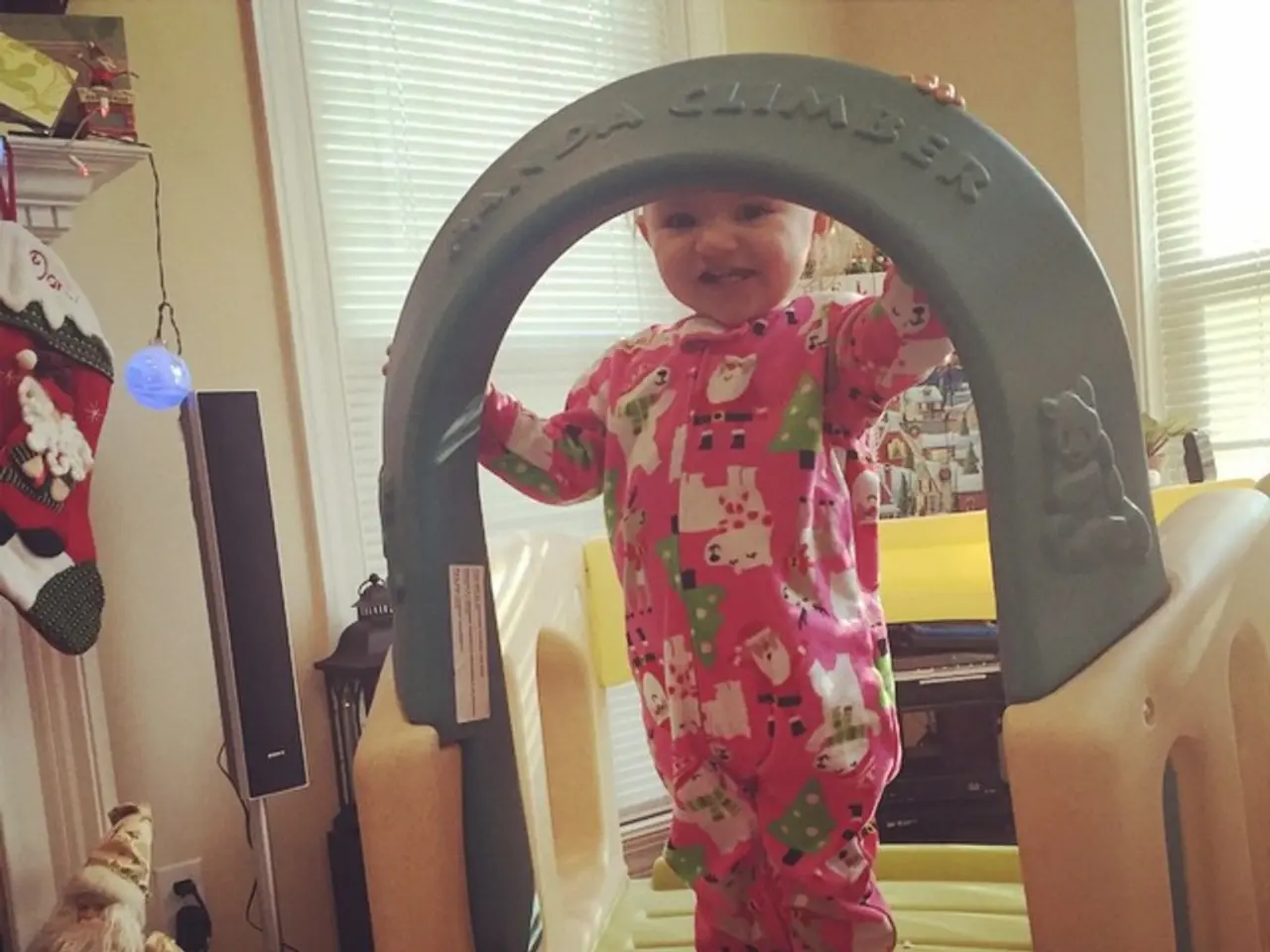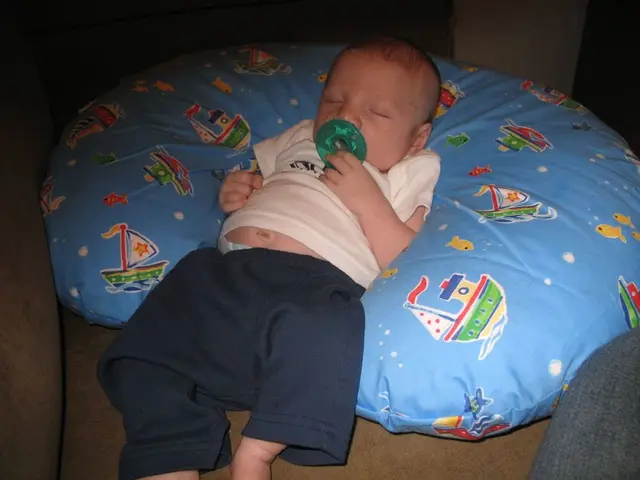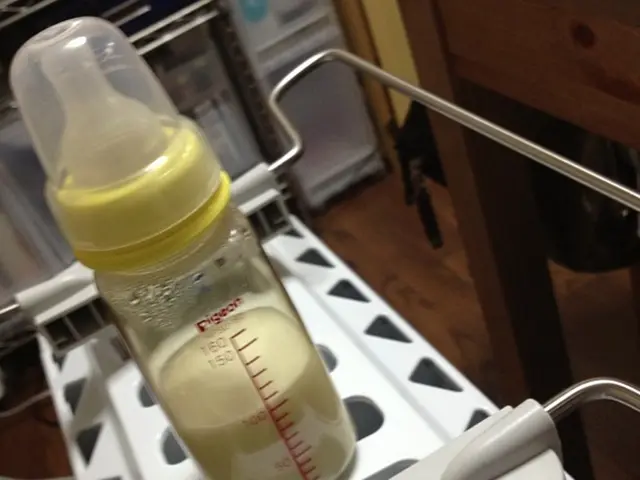Unmasking Undetected Academic Obstacles: A Guide
Identifying and Supporting Hidden Learning Challenges: A Call for Inclusive Education
In today's educational landscape, a positive learning space is essential for every child to thrive. This is a place where everyone feels free to discuss their challenges and celebrates different ways of learning. But for those with hidden learning challenges, finding the right support can often be a complex journey.
Hidden learning challenges, such as dyslexia, ADHD, and autism spectrum disorder (ASD), can manifest in subtle ways, making them difficult to identify. These issues might present as trouble focusing, putting off learning tasks, or having a hard time using new information. Recognizing these signs and seeking professional help can make a significant difference in a child's life.
Advances in technology are helping in this regard. Researchers are developing deep learning and wearable sensor methods to detect subtle motor behaviors linked to neurodevelopmental differences, potentially allowing for faster and more objective screening [1][3]. However, traditional diagnostic challenges persist because many learning challenges manifest internally or subtly, without overt behaviors. Therefore, identification often requires a multidisciplinary approach, including behavioral observations, clinical interviews, and sometimes video analysis combined with machine learning algorithms that classify behaviors associated with certain conditions [3].
Once identified, helping individuals with hidden learning challenges involves approaches that emphasize understanding the underlying difficulties rather than focusing solely on the exhibited behaviors. One effective intervention for children, particularly with ASD, is the Collaborative & Proactive Solutions (CPS) approach developed by Dr. Ross Greene. CPS focuses on collaboration, empathy, and problem-solving with the child to address lagging skills (e.g., flexibility, emotion regulation, problem-solving) that underlie challenging behaviors, rather than relying on punishment or rewards [2].
Other practical supports include using parent workshops to educate and empower caregivers on how to support children’s learning needs and build disability pride [4]. Employing behavioral therapies tailored to the individual's profile is also crucial. Promoting self-advocacy and peer support for both children and adults is equally important.
For adults with hidden learning challenges, moving up in their careers can be a challenge due to learning new teaching methods and technology. Making sure all students feel included is important for their confidence and success. Teachers need to understand the hidden curriculum to help students.
Many individuals, often called "twice exceptional" or "2e," are smart but face learning hurdles. Studies show that genes play a big role in how well students do in school. Learning disability assessment takes four to eight hours and checks many skills like school knowledge, thinking, memory, and focus. For educational help, 2.4 million students get help for specific learning disabilities, which is 41% of all students getting special education.
Creating a positive learning space is key for those with hidden learning challenges. This includes using inclusive learning accommodations, clear goals, and positive reinforcement. At home, parents can observe signs of learning challenges such as trouble with homework, not wanting to read, or not doing well in school.
To tackle the underachievement of gifted learners, a detailed plan including educational assessment, tailored learning plans, and a supportive setting is needed. Family counseling is key for managing the emotional side of supporting a child with learning issues. Parents play a crucial role in identifying hidden learning challenges in their children.
The National Center for Learning Disabilities (NCLD) has been helping for over 45 years, focusing on community, sharing, and policy to help those with learning issues. By working together, we can make sure everyone has a chance to succeed. By tackling these hidden challenges and creating a supportive work environment, people can reach their full potential. Spotting hidden learning issues early can greatly impact a child's education and life. Lifelong learning is essential for everyone to reach their goals.
- In the context of inclusive education, promoting positive parenting techniques can empower caregivers to identify signs of hidden learning challenges in their children, such as trouble with homework or not wanting to read.
- To create a supportive learning environment for individuals with hidden learning challenges, such as dyslexia, ADHD, and autism spectrum disorder (ASD), employing behavioral therapies tailored to the individual's needs, like the Collaborative & Proactive Solutions (CPS) approach, can help address underlying difficulties rather than focusing solely on exhibited behaviors.
- The advancement of science and technology, particularly deep learning and wearable sensor methods, holds promise for more objective and efficient screening of hidden learning challenges, helping to identify these issues earlier and paving the way for early intervention and support in health-and-wellness, mental-health, and academic success.




